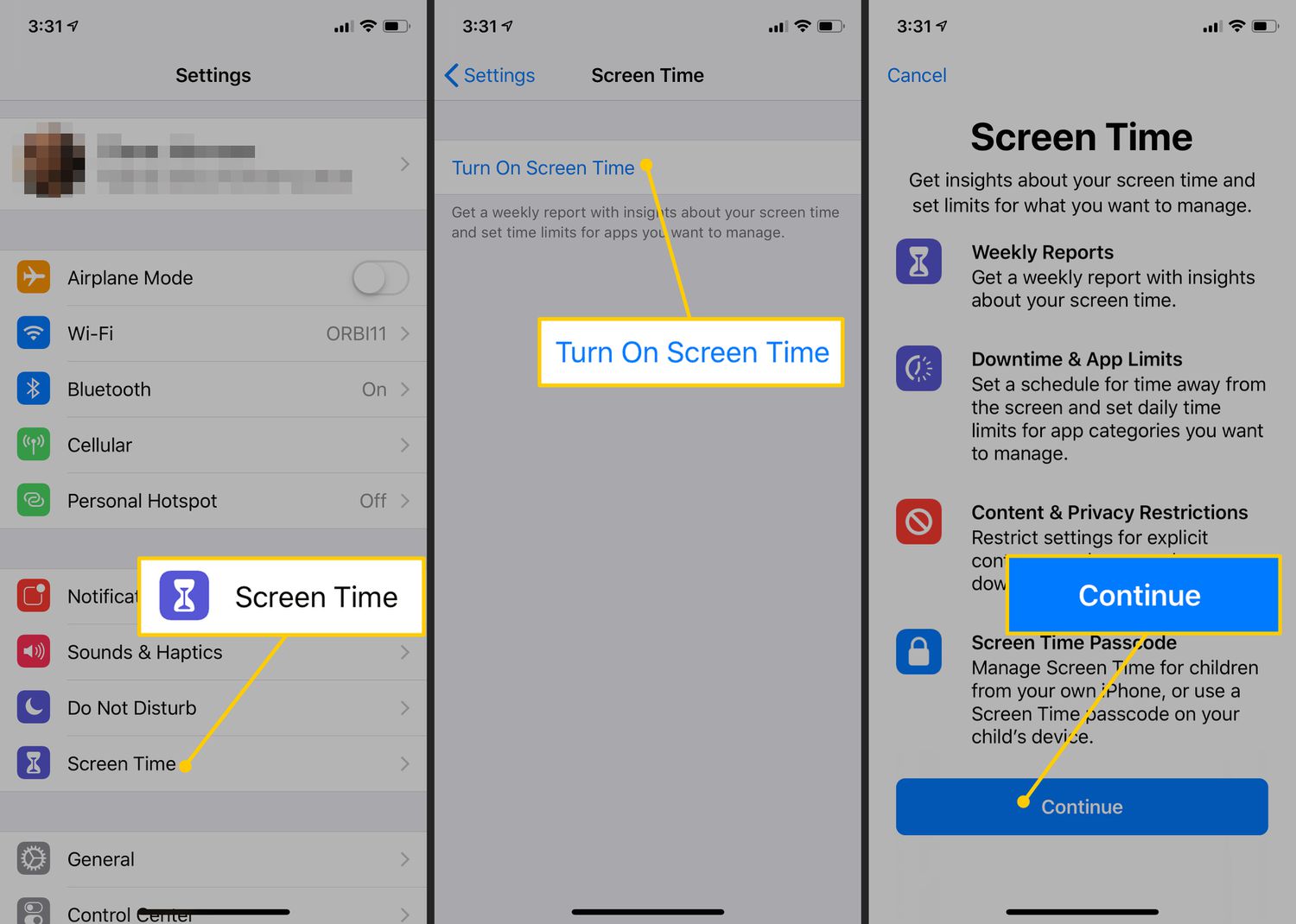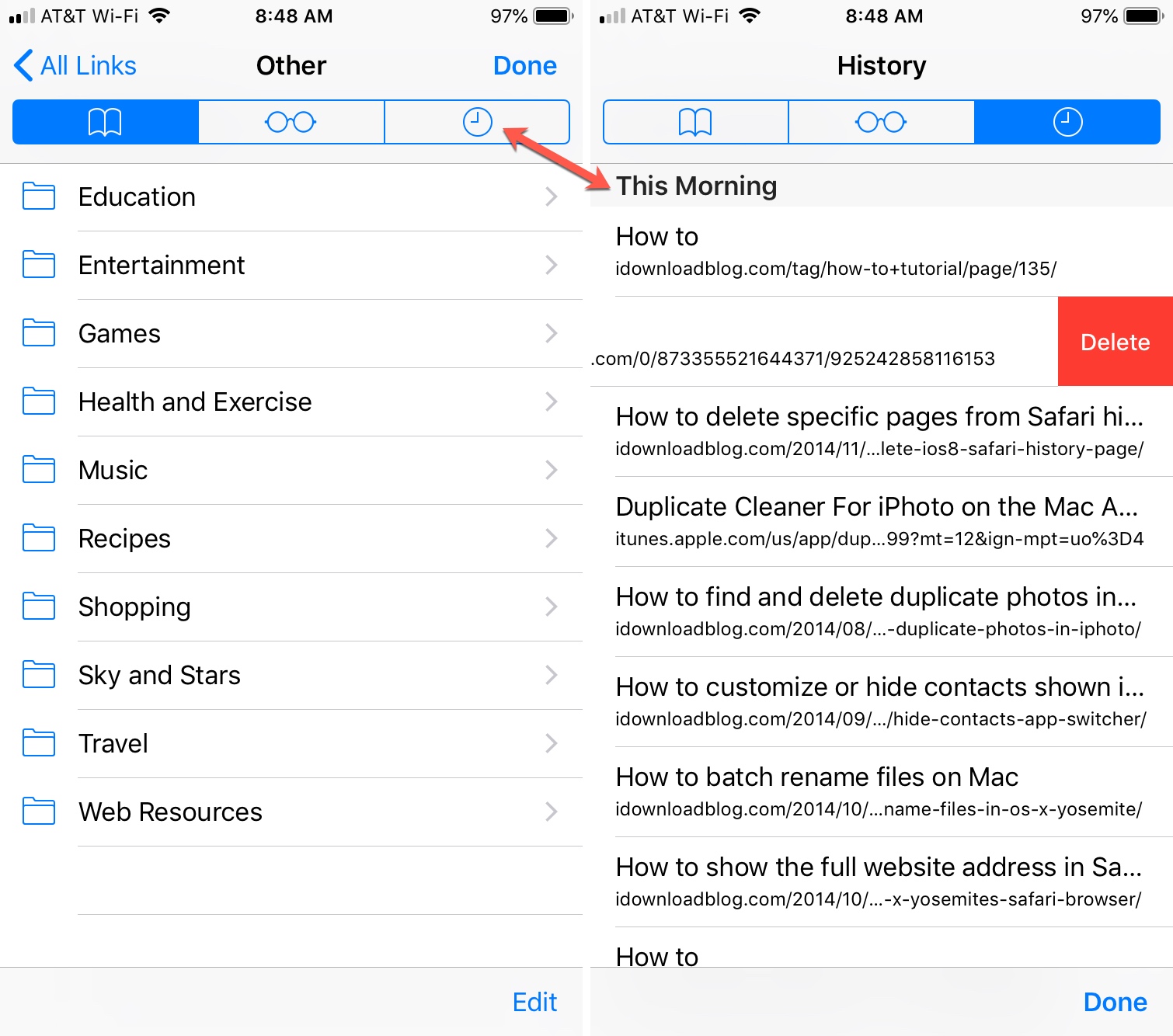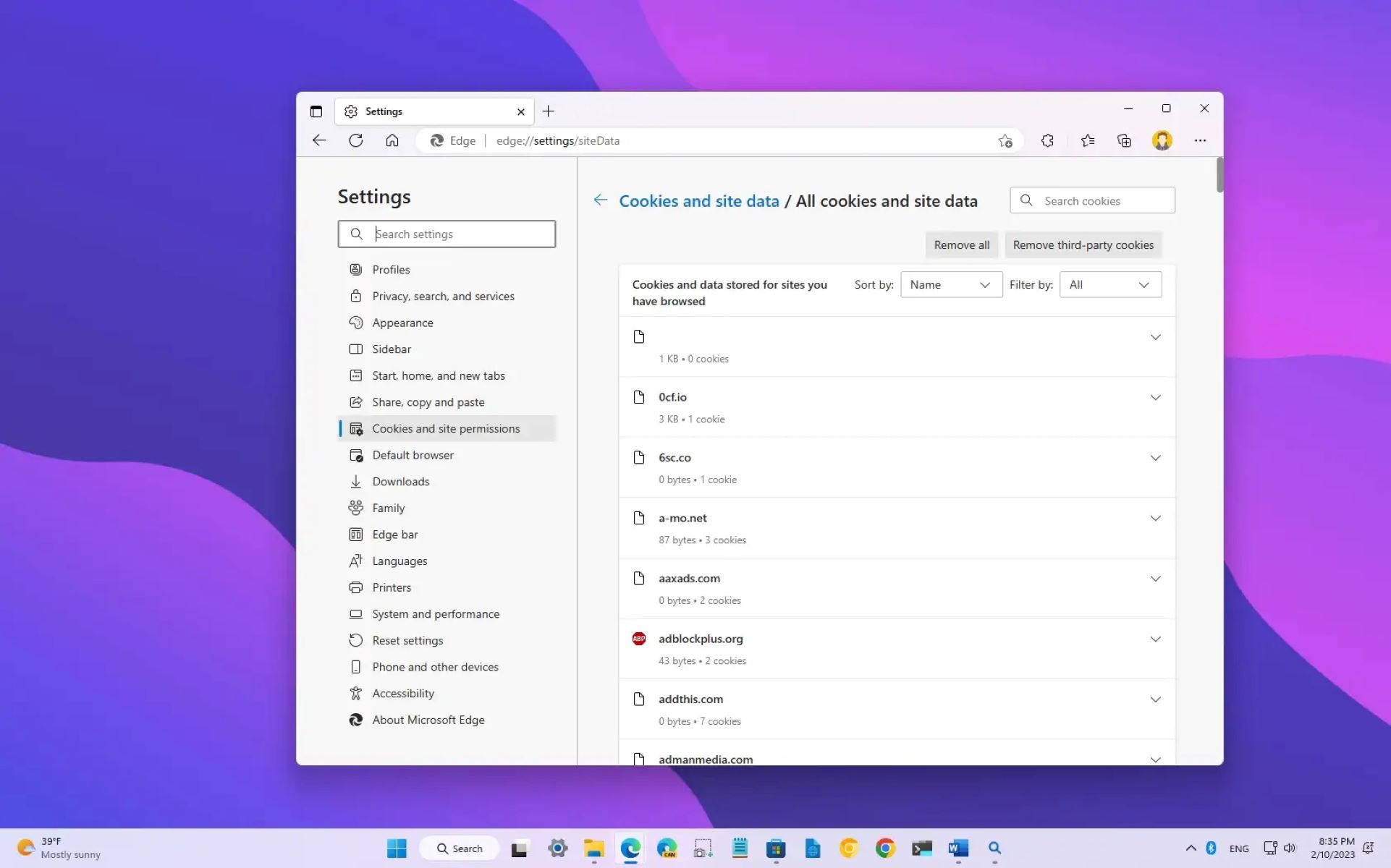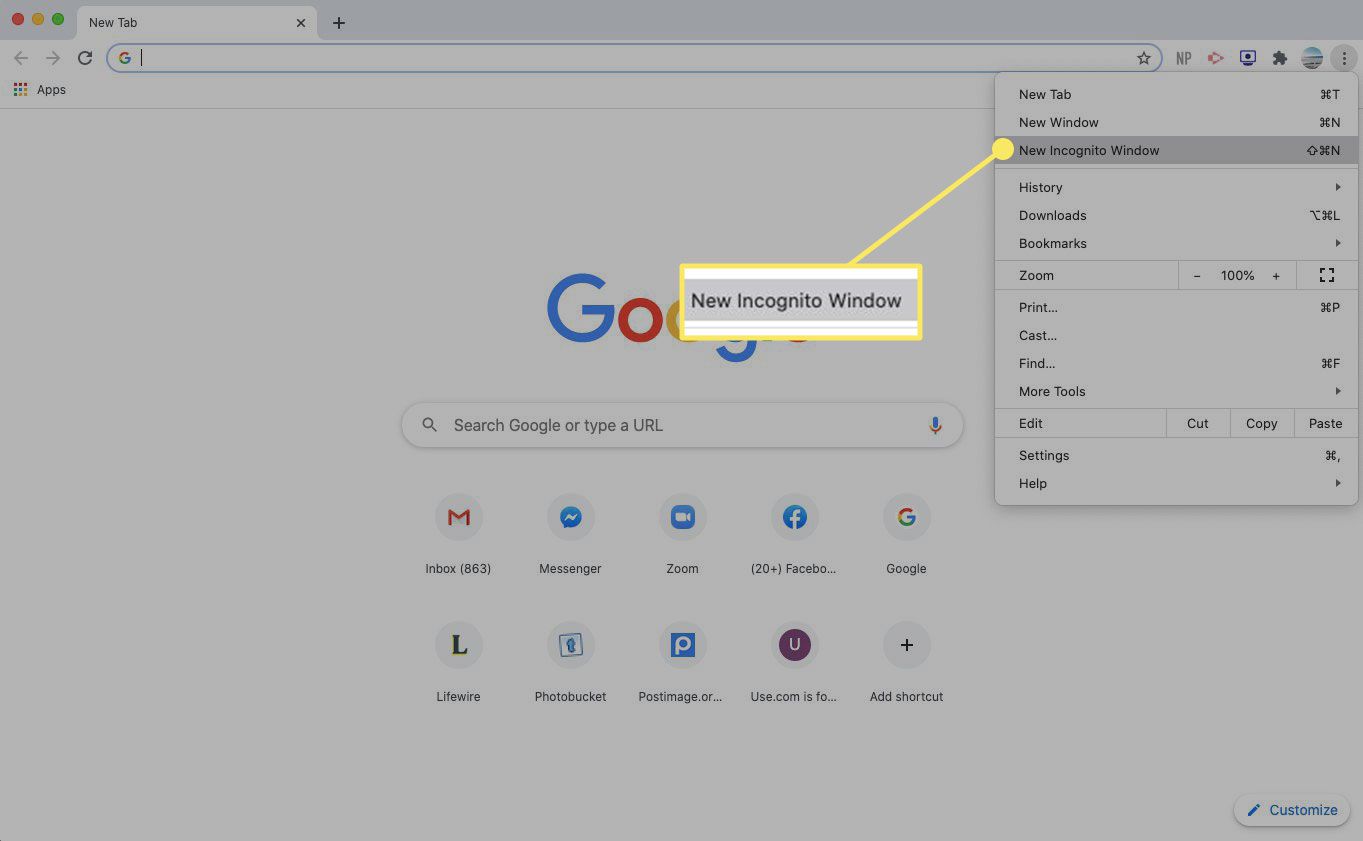Introduction
When it comes to web browsing, security is a top concern for users. With the ever-increasing prevalence of cyber threats, choosing a secure and reliable web browser is crucial. Two of the most popular browsers, Google Chrome and Apple Safari, have garnered widespread usage due to their user-friendly interfaces and robust features. However, the question of which browser offers superior security capabilities often arises.
In this article, we will delve into the security features of Chrome and Safari, examining their strengths and weaknesses to determine which browser provides a safer browsing experience. By exploring their built-in security measures, vulnerabilities, and privacy concerns, we aim to provide readers with valuable insights to make informed decisions about their web browsing habits.
As we navigate through the intricate landscape of web browser security, it's important to recognize that both Chrome and Safari have undergone significant advancements in fortifying their defenses against malicious threats. From sandboxing techniques to secure browsing protocols, each browser has implemented a range of protective measures to shield users from potential risks. By shedding light on these features, we aim to empower users with the knowledge needed to navigate the digital realm with confidence and peace of mind.
Let's embark on this enlightening journey to unravel the intricate layers of web browser security, comparing the formidable defenses of Chrome and Safari to ascertain which browser stands as the vanguard in the realm of online security.
Security Features of Chrome
Google Chrome, renowned for its speed and versatility, is equipped with a robust array of security features designed to safeguard users against a myriad of online threats. One of its standout security measures is the implementation of sandboxing, a technique that isolates web page processes from the rest of the system. This means that if a malicious website attempts to exploit a vulnerability, it is confined within the sandbox, preventing it from causing harm to the entire system.
Furthermore, Chrome's built-in phishing and malware protection offers an additional layer of defense. Through its Safe Browsing feature, Chrome proactively warns users about potentially harmful websites, thereby mitigating the risk of falling victim to phishing scams or inadvertently downloading malware. This real-time protection mechanism leverages Google's vast database of known malicious sites, continuously updating to shield users from emerging threats.
In addition, Chrome's automatic updates play a pivotal role in enhancing security. By regularly updating the browser and its components, Google ensures that users are equipped with the latest security patches and bug fixes, effectively fortifying the browser against newly discovered vulnerabilities. This proactive approach to maintenance minimizes the window of opportunity for cyber attackers to exploit known weaknesses.
Moreover, Chrome's secure browsing protocol encrypts data exchanged between the browser and websites, bolstering privacy and thwarting potential eavesdropping attempts. This encryption, facilitated through HTTPS, ensures that sensitive information remains confidential during transit, reducing the risk of unauthorized interception.
Chrome's integration of site isolation further enhances security by isolating each website into its own process, preventing cross-site scripting attacks and reducing the impact of vulnerabilities. This compartmentalization strategy serves as a formidable defense mechanism, confining potential threats within their respective domains and curbing their ability to propagate across different sites.
By amalgamating these robust security features, Chrome endeavors to provide users with a secure and resilient browsing experience, underpinned by proactive threat detection, stringent isolation measures, and continuous updates to thwart emerging vulnerabilities. This multifaceted approach underscores Chrome's commitment to fortifying its defenses and safeguarding users against a dynamic and evolving threat landscape.
Security Features of Safari
Safari, Apple's flagship web browser, is renowned for its seamless integration with the macOS and iOS ecosystems. In the realm of security, Safari boasts an array of robust features designed to fortify users against online threats. One of its standout security measures is the implementation of Intelligent Tracking Prevention (ITP), a pioneering feature that mitigates the tracking of user activity across websites. By restricting the capabilities of third-party trackers, Safari empowers users to maintain greater control over their online privacy, curbing the proliferation of targeted advertisements and data collection practices.
Furthermore, Safari's approach to sandboxing, similar to Chrome, isolates web processes to prevent potential exploits from compromising the entire system. This compartmentalization strategy serves as a formidable defense mechanism, confining malicious activities within their respective domains and curbing their ability to propagate across the browser and underlying operating system.
Safari's built-in protection against malicious websites and phishing attempts is bolstered by its Fraudulent Website Warning feature, which alerts users when they attempt to access sites known for fraudulent activities. This proactive approach to threat detection empowers users to steer clear of potentially harmful websites, reducing the likelihood of falling victim to phishing scams or inadvertently disclosing sensitive information to malicious entities.
Moreover, Safari's implementation of WebKit, a robust open-source engine, underpins its commitment to web standards compliance and security. By adhering to stringent coding practices and prioritizing the integrity of web content, Safari endeavors to mitigate the risk of vulnerabilities stemming from flawed rendering engines, thereby enhancing the overall security posture of the browser.
Additionally, Safari's emphasis on privacy is exemplified through its support for Privacy Report, a feature that provides users with insights into the trackers that have been blocked while browsing. This transparency empowers users to make informed decisions about their online activities, fostering a heightened sense of control over their digital footprint.
By amalgamating these formidable security features, Safari endeavors to provide users with a secure and privacy-centric browsing experience, underpinned by proactive threat detection, robust privacy controls, and stringent isolation measures. This multifaceted approach underscores Safari's commitment to fortifying its defenses and safeguarding users against a dynamic and evolving threat landscape.
Vulnerabilities and Exploits
Both Google Chrome and Apple Safari, despite their robust security measures, are not immune to vulnerabilities and potential exploits. Vulnerabilities in web browsers can serve as entry points for cyber attackers to compromise user systems, exfiltrate sensitive data, or deploy malicious payloads. It is imperative to acknowledge the existence of vulnerabilities and the proactive measures undertaken by browser developers to address and mitigate these risks.
Google Chrome, due to its widespread usage and open-source nature, is subject to rigorous scrutiny from security researchers and threat actors alike. While Google has established a bug bounty program to incentivize the responsible disclosure of vulnerabilities, the sheer complexity of the browser and its extensive feature set can lead to the discovery of exploitable flaws. From memory corruption vulnerabilities to logic errors, Chrome has encountered various security issues over the years, prompting Google to release frequent updates to patch these vulnerabilities and fortify the browser's defenses.
Similarly, Apple Safari, renowned for its integration with the macOS and iOS ecosystems, has faced its share of vulnerabilities. The intricate interplay between the browser, underlying operating system, and third-party components necessitates a comprehensive approach to vulnerability management. Safari's adherence to web standards and robust sandboxing techniques has bolstered its resilience against exploits; however, the discovery of vulnerabilities such as address bar spoofing, JavaScript engine flaws, and cross-site scripting vulnerabilities underscores the persistent need for vigilant security measures and prompt patching.
It is crucial for users to remain vigilant and promptly install updates to mitigate the risk posed by known vulnerabilities. Both Chrome and Safari have demonstrated a commitment to promptly addressing security issues through timely patches and updates, underscoring their dedication to fortifying their defenses against potential exploits.
In the dynamic landscape of web browser security, the proactive identification and remediation of vulnerabilities serve as critical pillars in safeguarding users against potential exploits. By remaining attentive to emerging security advisories and promptly applying updates, users can bolster their resilience against potential threats and navigate the digital realm with enhanced confidence and security.
Privacy Concerns
Privacy concerns have become increasingly prominent in the realm of web browsing, prompting users to scrutinize the data handling practices of browsers such as Google Chrome and Apple Safari. While both browsers have implemented measures to enhance user privacy, it is essential to acknowledge the nuanced intricacies surrounding data collection, tracking, and user consent.
Google Chrome, known for its seamless integration with Google's ecosystem, has faced scrutiny regarding its data collection practices. The browser's reliance on user data for personalized advertising and analytics has raised concerns about the extent of data aggregation and its potential implications for user privacy. Additionally, Chrome's integration with various Google services, such as Gmail and Google Drive, has sparked discussions about the interconnected nature of data across the ecosystem, prompting users to contemplate the trade-offs between convenience and privacy.
On the other hand, Apple Safari has positioned itself as a privacy-focused browser, emphasizing features such as Intelligent Tracking Prevention (ITP) and enhanced tracking protection. By curbing the activities of third-party trackers and restricting cross-site tracking, Safari endeavors to provide users with a more secluded and controlled browsing experience. Furthermore, Safari's Privacy Report feature offers users transparency into the trackers that have been blocked, empowering them to make informed decisions about their online activities.
Despite these privacy-centric features, both Chrome and Safari encounter challenges in navigating the intricate landscape of user privacy. The proliferation of targeted advertising, data brokerage, and the evolving nature of online tracking mechanisms necessitate a comprehensive approach to privacy preservation. Users are increasingly cognizant of the value of their personal data and seek assurances that their browsing activities are shielded from unwarranted surveillance and exploitation.
As users navigate the digital realm, the balance between personalized experiences and data privacy remains a focal point of deliberation. The evolving regulatory landscape, encompassing frameworks such as the General Data Protection Regulation (GDPR) and the California Consumer Privacy Act (CCPA), underscores the imperative for browsers to align with stringent privacy standards and empower users with granular controls over their data.
In essence, privacy concerns in the context of web browsing transcend mere technical capabilities and delve into the ethical and regulatory dimensions of data stewardship. Both Chrome and Safari are tasked with navigating this intricate terrain, striving to uphold user privacy while delivering seamless and personalized browsing experiences. As users continue to advocate for enhanced privacy protections, the trajectory of browser development is poised to be shaped by a steadfast commitment to privacy preservation and user empowerment.
Conclusion
In the realm of web browser security, the perennial debate surrounding the safety of Google Chrome and Apple Safari underscores the paramount importance of user-centric defenses and privacy preservation. Both browsers have demonstrated a steadfast commitment to fortifying their security postures, integrating an array of robust features to shield users from online threats. Google Chrome's implementation of sandboxing, proactive phishing and malware protection, automatic updates, and secure browsing protocols exemplifies its dedication to proactive threat detection and mitigation. Similarly, Apple Safari's emphasis on Intelligent Tracking Prevention (ITP), robust sandboxing, and privacy-centric features underscores its commitment to empowering users with greater control over their online privacy.
The dynamic landscape of web browser security, punctuated by the discovery of vulnerabilities and the evolving nature of privacy concerns, necessitates a holistic approach to safeguarding users against potential threats. While both Chrome and Safari have encountered vulnerabilities and privacy-related discussions, their proactive measures to address these challenges through timely updates and privacy-centric features underscore their dedication to enhancing user safety and privacy.
As users navigate the digital realm, the choice between Chrome and Safari transcends mere technical capabilities, encompassing considerations of user preferences, ecosystem integration, and privacy assurances. The evolving regulatory landscape, coupled with heightened user awareness about data privacy, underscores the imperative for browsers to align with stringent privacy standards and empower users with granular controls over their data.
In essence, the safety of web browsing hinges on a multifaceted interplay of security features, privacy controls, and proactive vulnerability management. Both Chrome and Safari have endeavored to navigate this intricate terrain, striving to provide users with a secure and privacy-centric browsing experience. As users continue to advocate for enhanced privacy protections and robust security measures, the trajectory of browser development is poised to be shaped by a steadfast commitment to user empowerment and digital resilience.

























